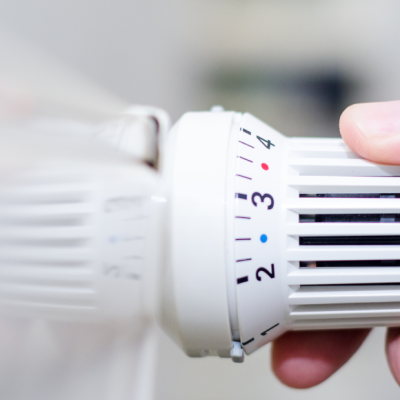Germany Sets New Record High in Research and Development Spending
Germany has surpassed the goals of the EU growth strategy “Europe 2020” for the fifth consecutive time, as research and development (R&D) spending in the country reached a new record high. According to data from the Federal Statistical Office (Destatis), Germany invested €112.6 billion in R&D in 2021, a 5.6% increase from the previous year. The statistics cover all R&D spending in state and state-funded institutions, universities, and the private sector. Public and publicly funded institutions saw the highest increase in spending (7.5%), receiving a total of €16.8 billion. Meanwhile, spending on R&D in universities increased by 3.3% to €20.6 billion, and private sector spending rose by 5.9% to €75.2 billion.
Germany’s R&D spending in the private sector was significantly higher than the other two sectors combined. The country has also exceeded the EU growth strategy’s goal of member states spending at least 3% of their gross domestic product (GDP) on R&D for the fifth consecutive year. Germany’s R&D spending accounted for 3.1% of its GDP in 2021, and the government aims to increase this to 3.5% by 2025. The medical and health sector saw the highest growth in R&D spending in 2021 (26.8%), with a total of €1.7 billion invested, largely due to COVID-19-related funding. The physics and astronomy sector received the largest share of R&D spending (€2.8 billion), with an increase of 12.4% from the previous year.
Germany’s high R&D spending has paid off, as the country leads the EU in hydrogen patent applications, according to a study by the European Patent Office and the International Energy Agency.










